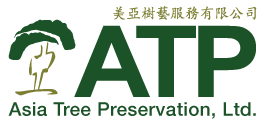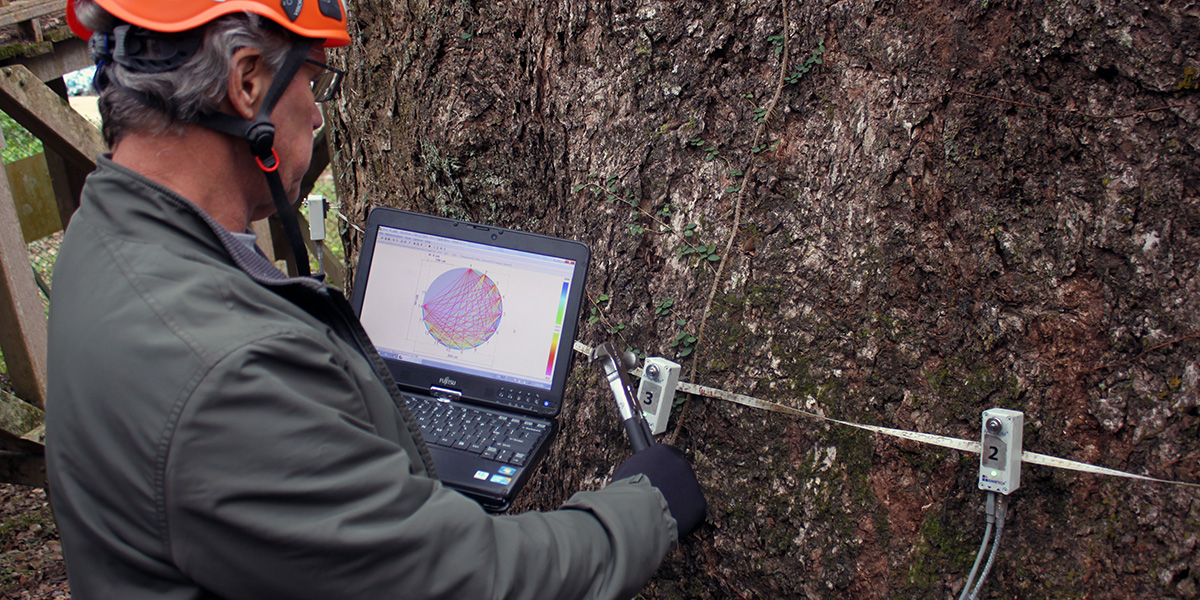There are various methods for collecting the data necessary for determining tree safety on properties. Some methods collect general information while other methods are much more detailed. These are categorized into three levels:
Level 1 Tree Assessment
This method is used for large groups of trees and its purpose is to map locations, number trees, identify tree species and characteristics, assess general health and structural condition, and give recommendations for tree health care, mitigation, or further assessment. In Hong Kong, this method is sometimes referred to as “form 1” tree group inspection or tree survey.
* In Hong Kong, “Form 1” may be useful for trees in remote or inaccessible areas, however, it does not include a tree numbering system, individual assessment, or mapping. For any trees growing on properties where people live and work, we recommend a “tree survey” instead. This type of report has the necessary information to make good tree management decisions. ATP can offer both of these services together to meet government requirements and also give our clients the additional information they need.
Level 2 Tree Assessment
Level II Tree Assessment is the method used by ATP arborists for large trees, heritage trees, wall trees, old and valuable trees, and trees that are located in high traffic areas. This method gathers more detailed information and we closely assess each visible part of the tree.
The danger posed by a tree is expressed by its risk rating, which takes three sets of data into consideration:
- The likelihood that a tree or part of a tree will experience structural failure
- The size of the tree portion that might fail
- The property or people that are at risk, should tree failure occur (likelihood of impact)
* The Hong Kong government refers to this level of assessment as “Form 2”.
Level 3 Tree Assessment
Also referred to as Advanced Assessment, Level III Tree Assessment is used when our arborists suspect potential hazards but can’t visually assess them during Level 2 assessment. This level of assessment includes:
Aerial Assessment
Our team members are highly experienced in tree climbing by rope access to closely assess the structural condition of branches up in the tree canopy.
Internal Structure Analysis
For internal structural issues, we use special equipment such as Arbotom sonic tomography or Resistograph R650 to analyse the internal condition of tree roots, trunk, or branches. The resulting measurements offer objective data for decision making.
Root Assessment
For soil and root assessment, we use the Air Spade to safely remove soil without damaging tree roots or other underground objects. This is the most ideal method of tree root assessment.
Soil Analysis
We sample and test soil for characteristics such as soil profile, pH, moisture, water infiltration, and quality.
Wind Load & Uprooting Potential
We utilise special software for wind load analysis and load bearing capacity of overall tree form and individual tree parts. The two primary forces that impact trees are wind and gravity. We analyse these two forces during this method of assessment.

